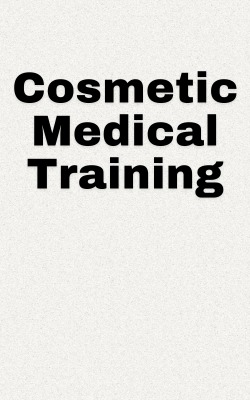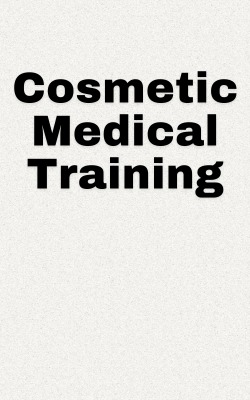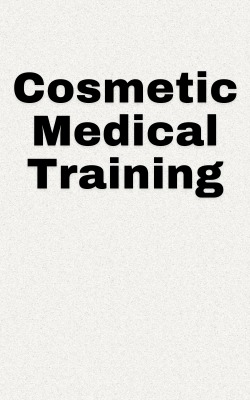
How to Write a Reference Letter: The Right Way to Do It
- Sep 11, 2024
- | 30
Individuals with academic and/or professional prowess are often asked to write reference letters or recommendation letters for their students, people they mentor, and those who work with them. The recommendation letters can have opportunities for people who want to explore fellowships, academic positions, jobs, internships, etc.
Each letter has to be written such that the specifics of the opportunity are addressed. Let’s learn how to write a reference letter and its best practices.
What is the Reference Letter Template?
Recommendation letters must, in general, follow the format of reference letter templates acceptable by most organizations. You can go through a sample reference letter template and follow the following: -
● The date is at the top.
● Followed by the recipient’s name.
● The recipient’s title comes after.
● The recipient’s address follows the above.
● Next, add the greeting. Please address the recipient by name (Dear Ms/Mr) if possible.
● Introduce yourself and your relationship to the applicant.
● Now, move to the recommendation part. Offer specific examples of skills or qualifications that match the role.
● Add personal stories of instances where their expertise or qualities were exemplary. Include any workplace or people skills you’ve observed.
● Explain the reasons for recommending the candidate.
● Provide your email address and phone number so the recipient can follow up.
● Don’t forget to add your signature at the end.
What are the Best Practices for Preparing a Reference Letter?
1. Determine the Purpose and Audience
Different degrees have different requirements. For instance, a letter written for a doctoral studies program requiring extensive lab experience would differ from one written for a graduate studies program for literature. Some programs require a precise estimate of the student’s capabilities i.e., if they rank well among peers and competitors from other institutions.
2. Evidence Supporting the Claims
Describe specific instances demonstrating the person’s aptitude, domain knowledge, and work ethic. Concrete examples help establish your case better as they depict the desirable quality in action.
Also read: Letter of recommendation template
Well-written reference letters help convince the program in charge or recruiting manager that the candidate possesses the necessary qualities to deliver in the new workspace or academic institution. They must be sharply written, relevant, and filled with examples.

12.png)



